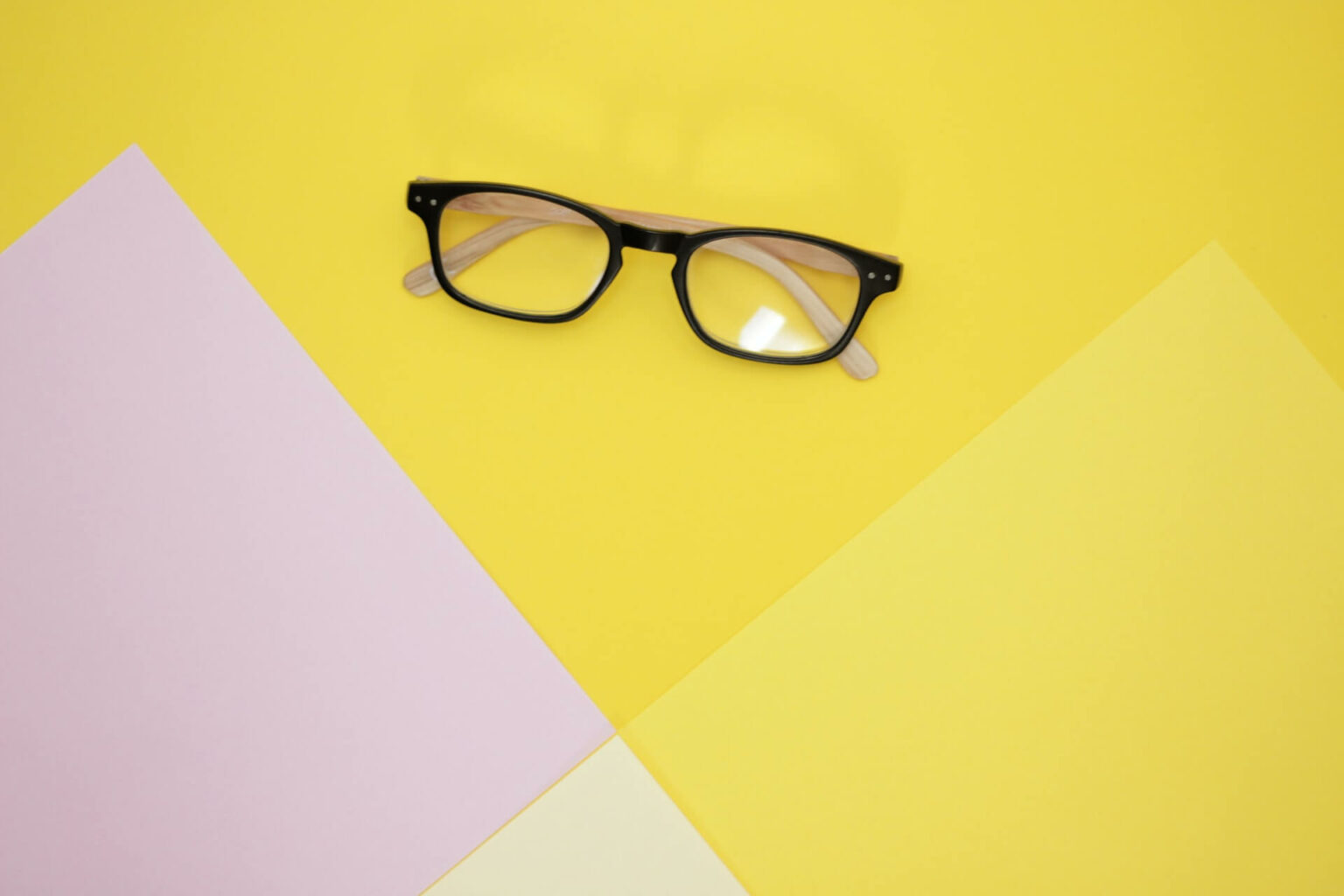With the digital takeover ensuring that computers are less dispensable in the office than those who use them, eye strain is becoming a very real work-related complaint. Fatigue, poor vision, and eye twitching have all become the calling cards of our increased exposure to blue light, and are symptomatic of an eye strain problem that 77% of UK adults report having after a long day at work.
Computer Vision Syndrome, or CVS, is rife within the workplace, with Brits believed to spend an average of nine hours a day staring at a screen. While this might be good news for the glass eye industry (and the prospects of opticians), it certainly isn’t good news for your optical health.
We’re not all so fortunate as to be able to get away from the computer for long periods of time, but by just making a few changes to your workplace routine, you can help combat the discomfort of eye strain at work.
Have regular eye tests
Regular eye exams are perhaps your most effective weapon in the battle against CVS, and it’s recommended that you visit an optician before starting a computer-based role, and then annually thereafter. The optician will be able to preempt any problems and prescribe necessary eyewear or treatments that could prevent headaches, blurred vision and other eye strain-related afflictions.
Upgrade your monitor
Long gone are the days of Alta Vista and dial-up broadband, and if you find that your monitor would be more effective as a paperweight for a novelty cheque, then perhaps it’s time to ditch that late 90s eyesore. Old school screens tend to be of lower resolution and, whether noticeable or not, have a ‘flicker’ which is a strong contributor to eye strain. Flat panel LCD displays eliminate this so-called ‘flicker’ as well as showing sharper images. This reduces the pressure.
Reduce glare
While on-screen reflections may be good for spying on your co-workers behind you, they make it difficult for your eyes to focus. Modified lighting, altered contrast settings or a fitted monitor hood can help eradicate harsh reflections and reduce how hard your eyes have to work. Changing the angle of your screen away from a light source or window will also help in this respect. Glasses wearers can also buy specs with an anti-reflective coating, which limits the amount of light that bounces off the surfaces of your lenses.
Location, location, location
How you position your computer can make a massive difference in relieving any potential eye strain. Ideally, the monitor should sit about an arm’s length away from you and a couple of inches below your eye-line. This creates a comfortable distance for your eyes, while also relieving any tension in your neck. If possible, you should also place the screen central to your body as opposed to having it facing you at an angle.
Have a break
Anyone will tell you that being glued in the same position for 8 hours a day is unhealthy, and having frequent breaks from your computer is perhaps the biggest reliever of CVS – but this doesn’t mean that you spend 10 minutes playing Candy Crush on your phone.
Eye strain is largely caused by looking at something at a close distance for a prolonged period of time, so focusing on something further away for a few minutes will allow your eyes some respite and a chance to re-adjust. Likewise, you should take regular tea/coffee breaks, or go outside at lunch if you can, as this will give your eye muscles an opportunity to recover.
The effects of CVS generally aren’t too serious and sufferers should find relief by just taking time to rest their eyes. Modern working conditions, coupled with technological temptation, make it difficult to fully avoid any digital implications, but just a few work-based changes could help limit the strain on your eyes and any optical deterioration.



